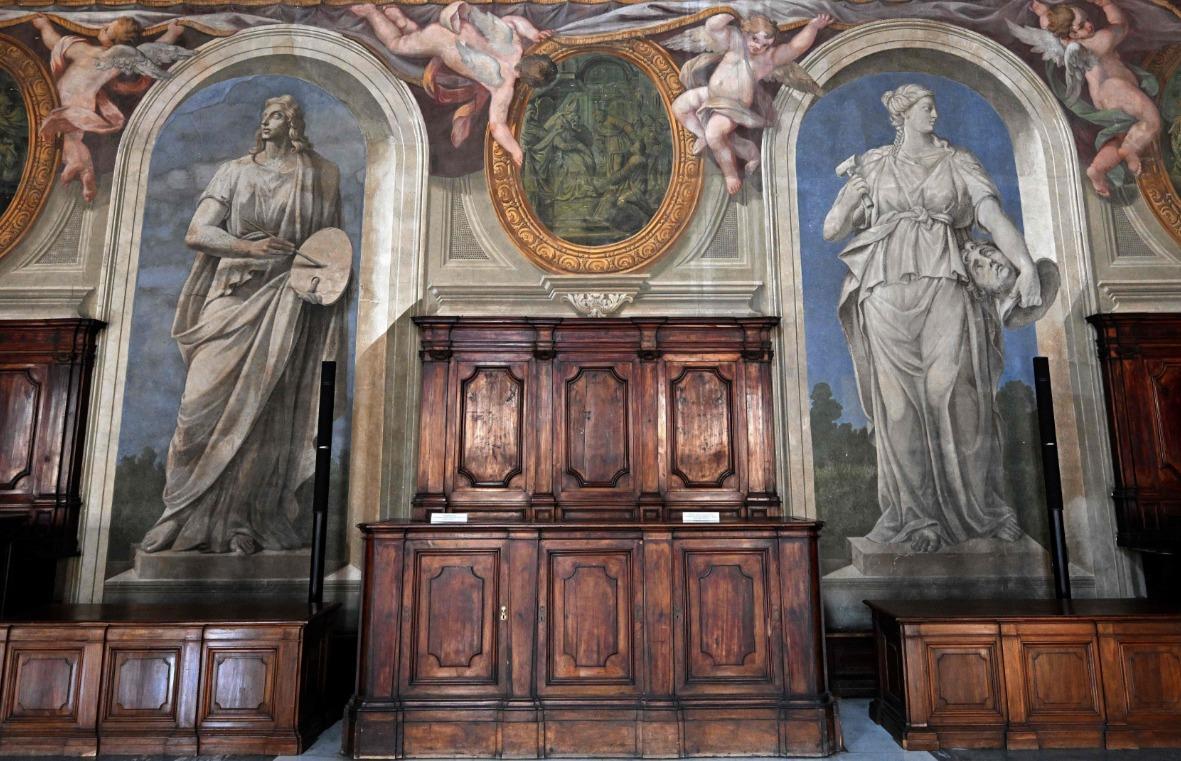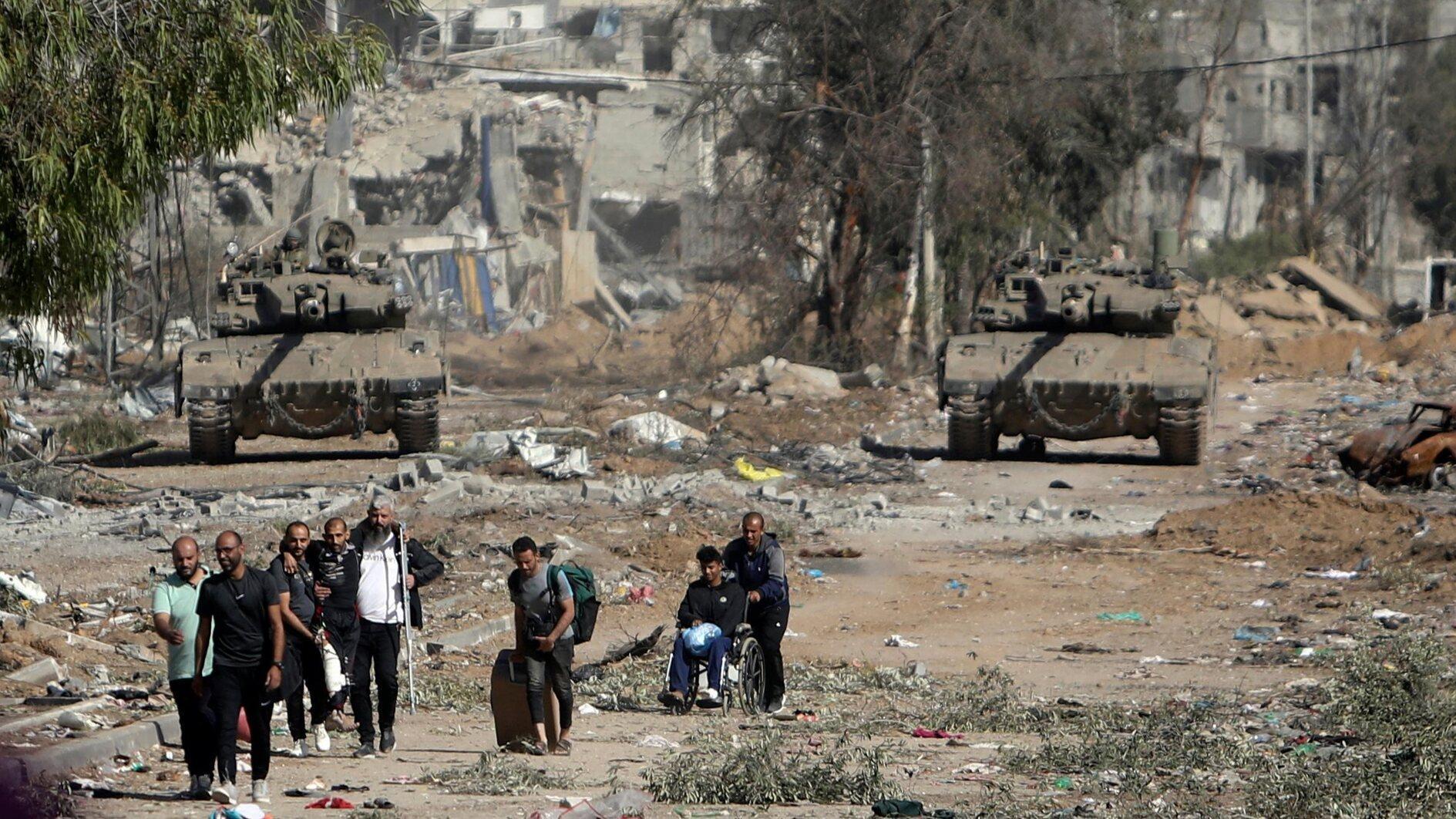Vatican opens up palazzo built on ancient Roman ruins
ROME

The Vatican on Sept. 12 opened the doors to one of Renaissance Rome’s most spectacular palazzos, normally hidden from public view since it houses some of the Holy See’s most secretive offices: The ecclesial tribunals that decide everything from marriage annulments to plenary indulgences.
The Palazzo della Cancelleria is located near the Campo dei Fiori market at the start of the Via del Pellegrino, named for the religious pilgrims who used it to walk towards St. Peter’s Basilica on the other side of the Tiber River. It was built in the late 1400s on the ruins of a paleo-Christian church as a residence for Cardinal Raffaele Riario, whose uncle, Pope Sixtus IV, is perhaps best known for having commissioned an even more spectacular masterpiece, the Sistine Chapel.
The head of the Vatican’s patrimony office, Monsignor Nunzio Galantino, invited television cameras into the imposing, block-long palazzo as part of what he said was Pope Francis’ call for the Holy See to be more transparent. For Galantino, whose office has published a consolidated Vatican budget for the past three years, that spirit of transparency extends to the Vatican’s vast real estate holdings.
“Transparency isn’t just quantitative knowledge of the patrimony; transparency also touches on knowing the qualitative patrimony,” he said, standing in one of the palazzo’s grand reception rooms that art historian Claudia Conforti said was decorated as a “colossal propaganda machine” for the then-reigning Pope Paul III.
Galantino has spearheaded the Vatican's most recent efforts to clean up its financial act and be more forthcoming about budgets, revenue, investments and spending after a series of financial scandals again soured donors on writing checks to the Holy See. He presided over the opening to Vatican-accredited media of a palazzo normally closed to public view, but transparency doesn't go much beyond that: The rooms aren't being opened up to regular public tours, though they are occasionally used for conferences and private events.
Today, the Cancelleria palazzo houses three of the Vatican’s most important courts: The Roman Rota, which decides marriage annulments; the Apostolic Signatura, which handles internal church administrative cases; and the Apostolic Penitentiary, which issues indulgences, among other things. As Vatican property, it enjoys extraterritorial status equal to that of an embassy, in the heart of Rome.
During a tour of the building, which underwent a recent, years-long renovation, visitors passed by priests in cassocks pouring over canonical files in rooms decorated with frescoes of cherubs, gilded ceiling panels and tromp l’oeil columns. Off to one side was the wood-paneled library where Napoleon Bonaparte kept the imperial archives during the period in the early 1800s that Rome was his second capital.
At the end of a series of rooms where Rota-accredited lawyers are trained sat a small intimate, frescoed studio with a balcony pitched over Via del Pellegrino. Here, architect Maria Mari explained, Cardinal Riario would greet the pilgrims walking along the Pellegrino route but also the pope when he travelled from his seat across town at St. John Lateran to St. Peter’s.
The tour ended underground, where today the palazzo hosts a permanent exhibit of Leonardo da Vinci’s mechanical inventions.
In one room was a small pool fed by a canal built during the time of the Emperor Augustus (63 BC-14 A.D.) to drain the water from the periodic floods of the swampy area back into the Tiber. And behind a nondescript door off one of the Leonardo exhibit rooms were the ruins of the ancient paleo-Christian San Lorenzo in Damaso church, on which the palazzo was built.
















